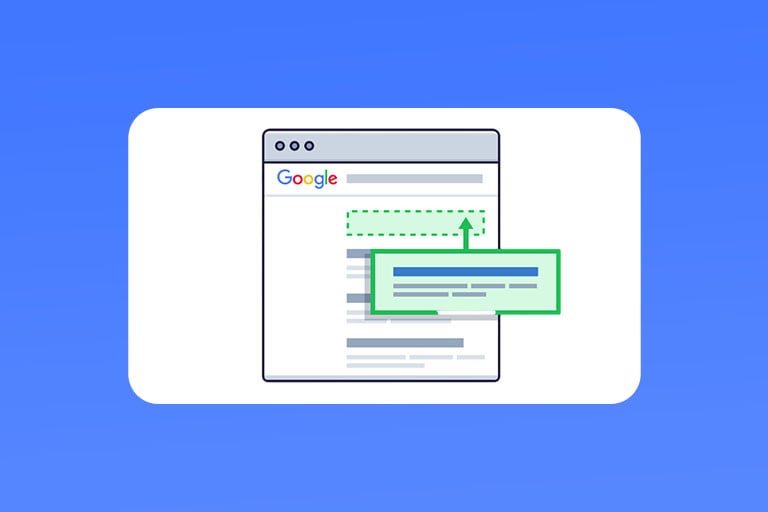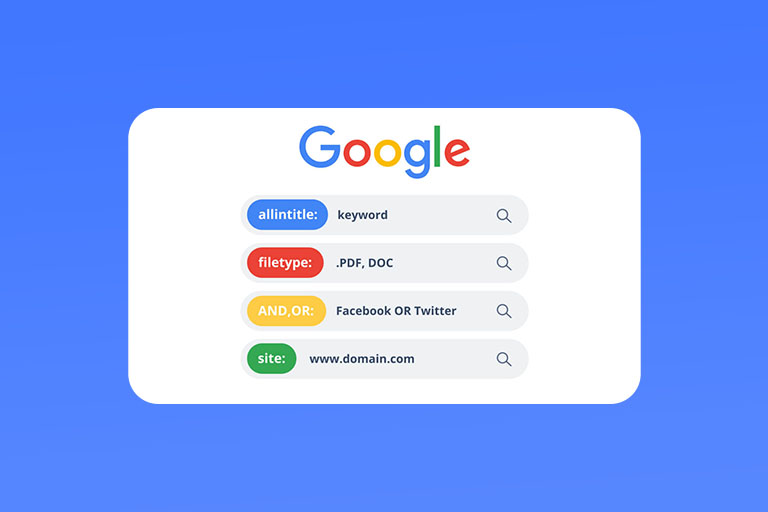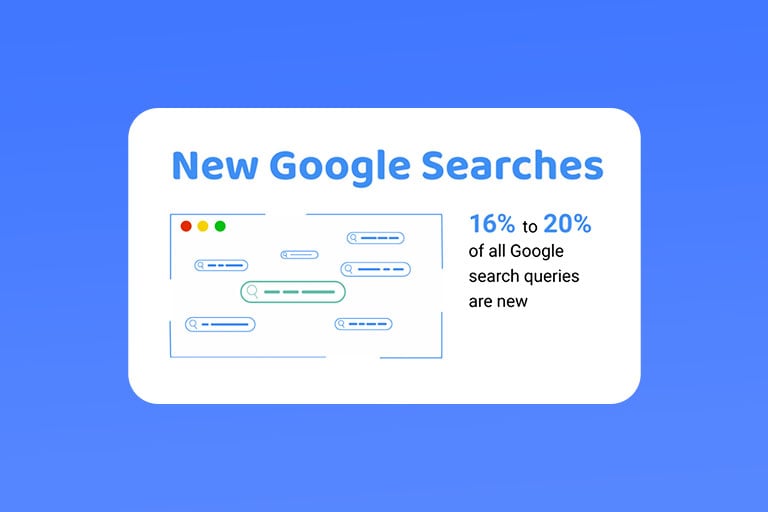Over the past two or three years, we have witnessed Google's dedicated efforts to enhance user experience, particularly evident in the realm of SEO search results.
Our approach involves not only swiftly securing rankings and traffic but also actively addressing substantive issues for users. This is achieved through the continuous delivery of valuable content and ongoing interaction and communication with our target audience.
In essence, our journey provides a comprehensive answer to the question: "How do we get Google SGE?" Let's delve into the specifics by recounting our story.
How we get Google SGE?
Google SGE is currently in the experimental stage, representing a relatively new concept. However, Google's consistent commitment to user experience has been a guiding principle throughout.
Key Points in getting Google SGE:
- Serious Consideration of Target Users' Actual Needs
- Sorting and Stratifying Diverse User Needs
- Daily Production of Valuable Content for Varied Needs
- Active Engagement on Social Media Platforms
- Timely Resolution of User Problems with Feedback Loop
- Utilization of Social Media as an Auxiliary Link
- Sharing Insights from Data-Driven Practical Experience
Serious Consideration of Target Users' Actual Needs
We prioritize understanding and addressing the genuine needs of our target users.
Example: Conducting user surveys and feedback sessions to gather insights into user preferences and pain points.
Sorting and Stratifying Diverse User Needs
We categorize and prioritize the diverse range of needs expressed by our users.
Example: Creating tailored content categories to cater to different user interests and requirements.
Daily Production of Valuable Content for Varied Needs
We consistently generate high-quality content tailored to meet the daily requirements of different user segments.
Example: Publishing articles, guides, and videos that address specific user queries and interests.
Active Engagement on Social Media Platforms
We maintain a strong presence on social media, fostering active and interactive communication with our audience.
Example: Hosting live Q&A sessions, polls, and discussions on platforms like Twitter and Facebook.
Timely Resolution of User Problems with Feedback Loop
We promptly address issues raised by users and actively seek feedback to improve our offerings.
Example: Implementing a responsive customer support system and utilizing feedback forms to collect user opinions.
Utilization of Social Media as an Auxiliary Link
We leverage the supportive role of social media to connect and amplify the reach of our content.
Example: Sharing content snippets, updates, and engaging visuals across social media platforms to drive traffic to our main channels.
Sharing Insights from Data-Driven Practical Experience
We transparently share our practical experiences, insights, and lessons learned from data-driven endeavors.
Example: Publishing case studies and analysis reports derived from our experiences in optimizing content and user engagement.
By embodying these principles and practices, we not only respect our target users but also gain favor in the eyes of Google, ultimately contributing to our journey towards achieving Google SGE.







